October 22nd, 2019
5minute read
Ilive under the ruthless and oppressive iron fist of a neighborhood association.
Oh, and setting up a plate rack in the neighbors lawn?
Some people just dont appreciate fun.
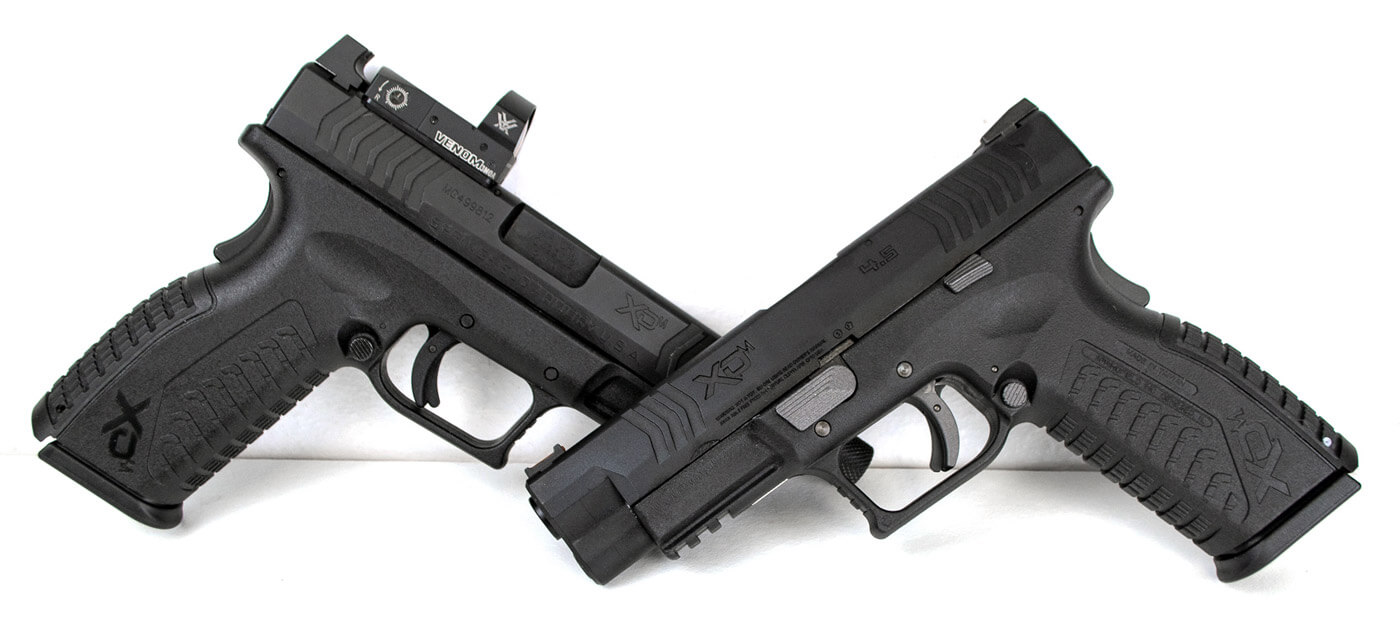
Even the low-end-of-the-ballistic-scale .22 LR is loud and flings bullets that can travel a mile or so.
Definitely against the community covenants and restrictions, and probably a few laws.
Fortunately, theres a solution that makes most everyone happy.
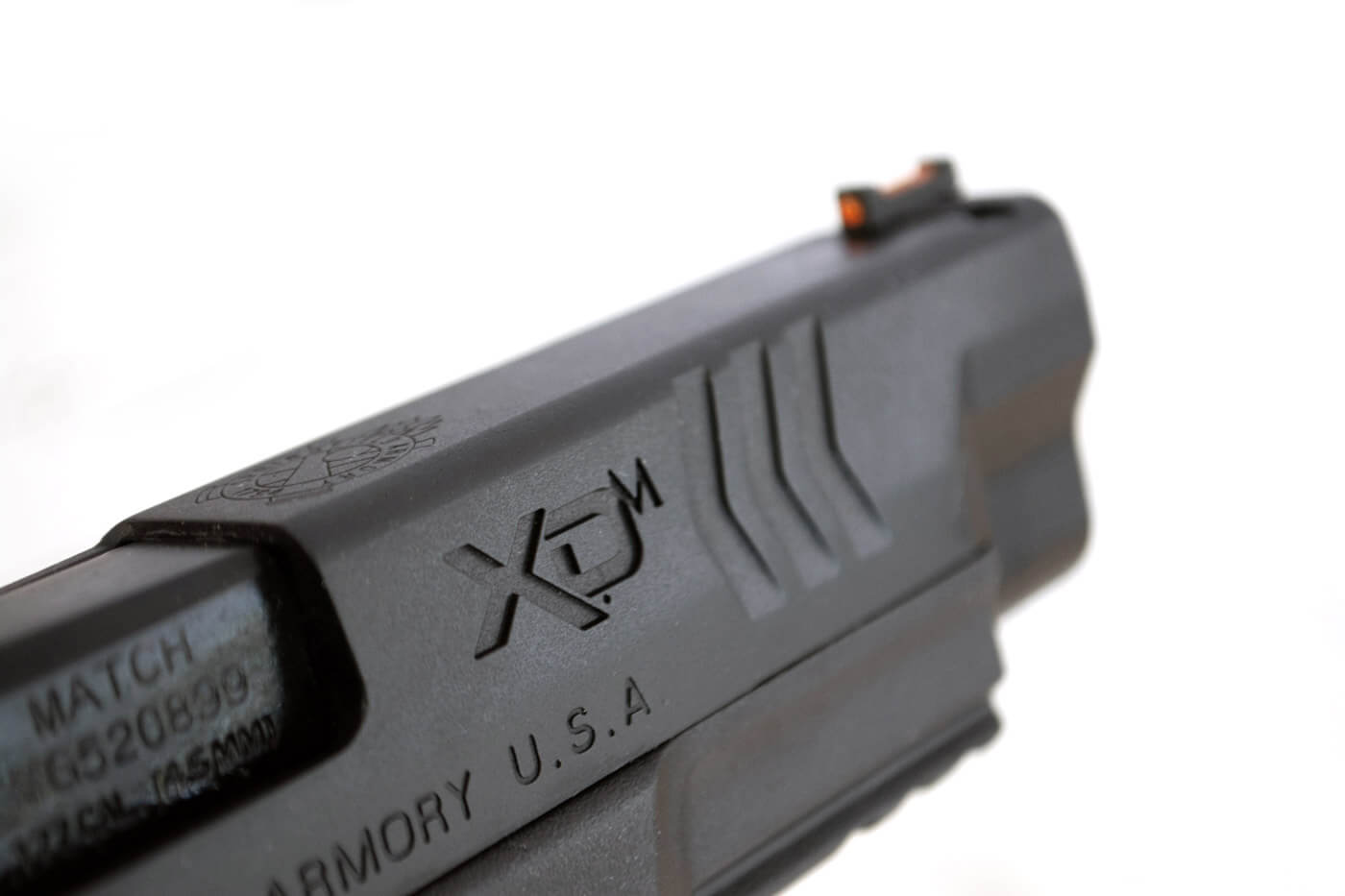
Well, maybe not the homeowners association, but everyone else.
Things have progressed since the classic Red Ryder.
Todays air pistols and rifles can be near indistinguishable from their centerfire siblings.
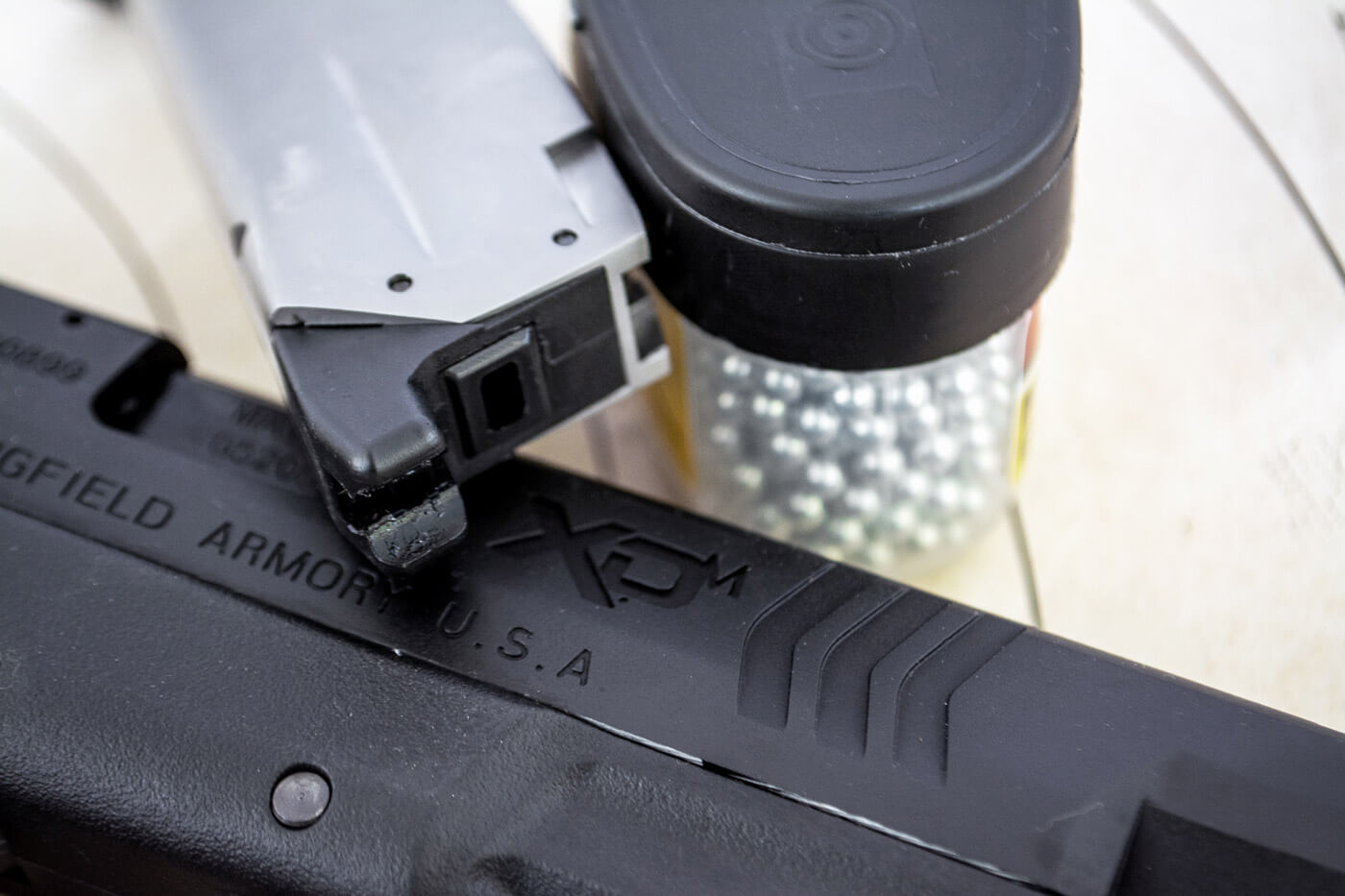
Pick up an Air Venturi Springfield Armory XD-M BB pistol.
Same size, same operation, and similar weight.
Its even got removable magazines and a reciprocating slide.
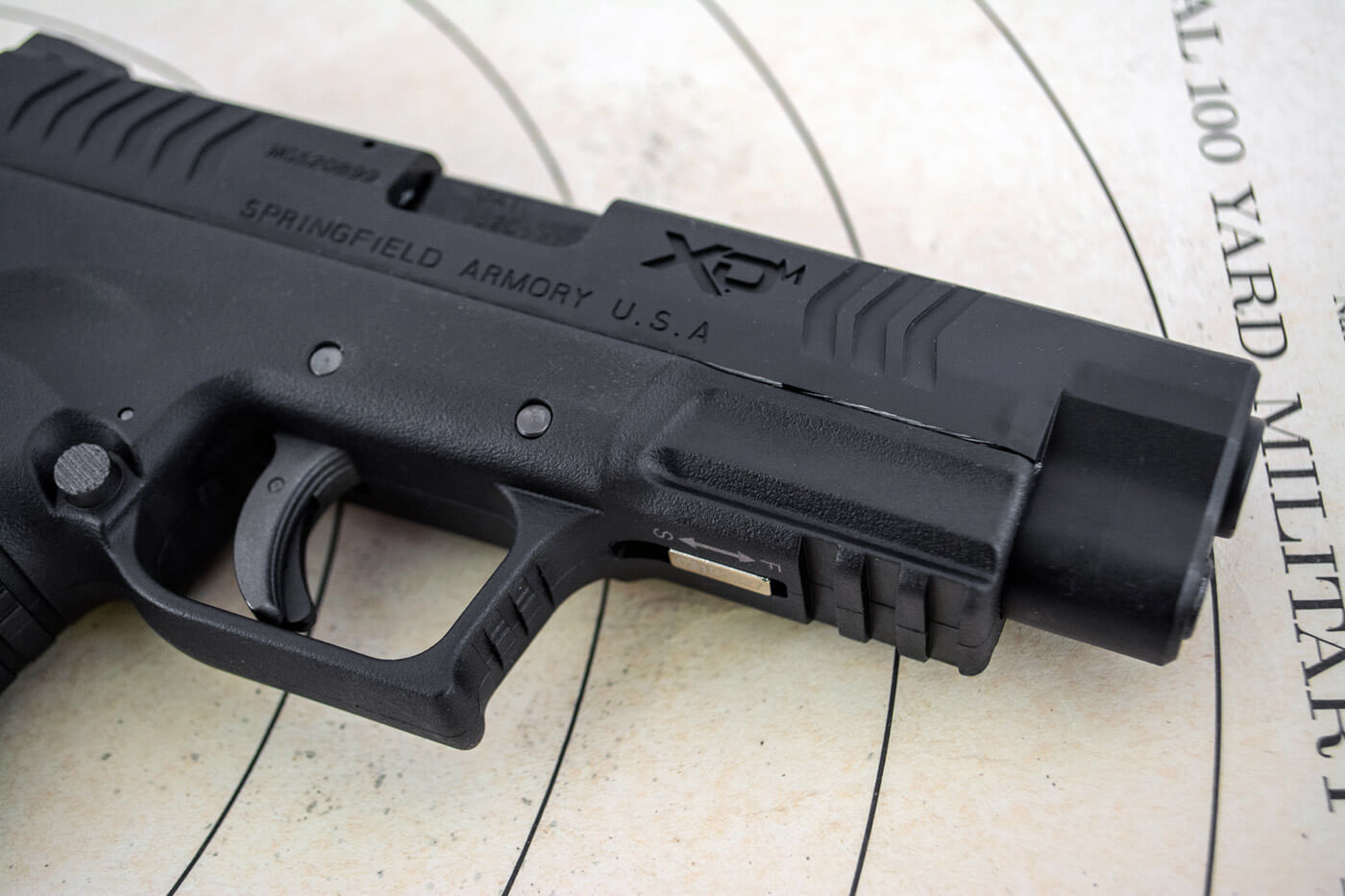
And thats just one example.
Whatever your gun, theres likely a solid air option.
So, what exactly makes these air-powered wonders home and yard friendly?
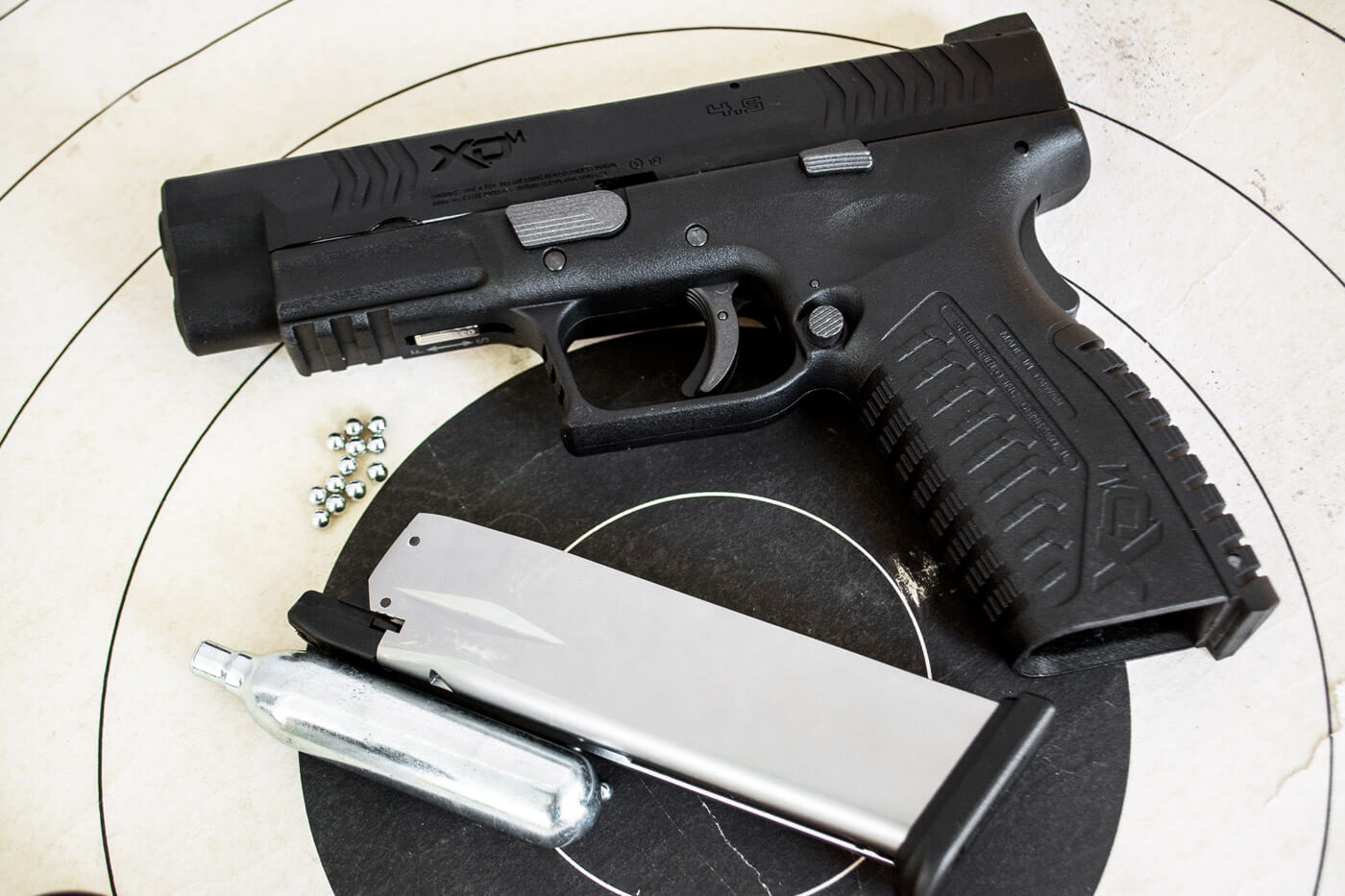
Energy and Momentum
You have safe shooting venue choices with airguns primarily because theyre lower power.
But what does that mean?
In the fire and brimstone world, we measure bullet power by kinetic energy and momentum.
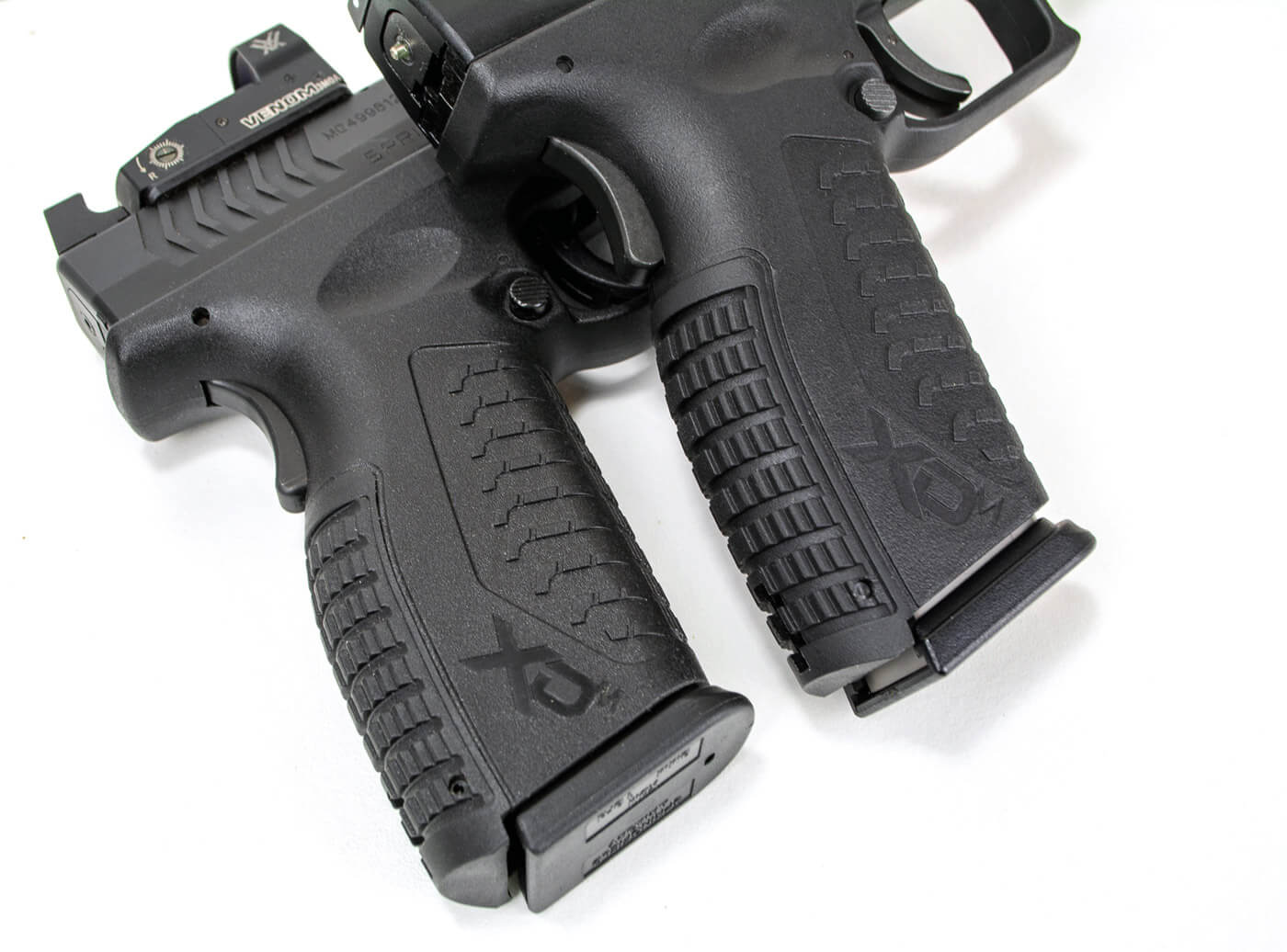
Kinetic energy, commonly labeled foot-pounds, is a measure of destructive energy.
Its velocity-centric, so the faster a bullet, the higher the kinetic energy figure.
Momentum measures the ability of an object to move another.
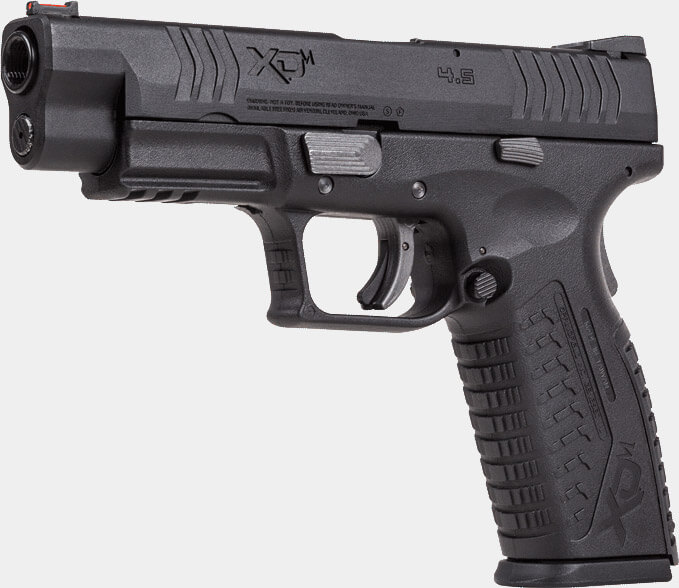
Think bowling ball and pins.
A .177 caliber BB weighs just about 5 grains, give or take a fraction.
When fired from a CO2 pistol, you might see velocity of 350 feet per second.
That yields just 1.4 foot-pounds of kinetic energy and 0.26 pounds-feet per second of momentum.
Considering the momentum measurement, the .22 is 21.5 times more macho.
Even if you upgrade to a .177 caliber pellet, were still looking at significant differences in energy.
Most .177 pellets weigh between 5.25 and 8.5 grains still substantially lighter than any .22 projectile.
That translates to kinetic energy ranging from about 5.7 to 12 foot-pounds.
As for momentum, we can calculate an approximate range of .53 to 1.13 pounds-feet per second.
So, what does that all that mean?
Noise
Airguns still make noise even though theres no burning or exploding powder.
Thats because most of the noise associated with guns comes from the high-pressure muzzle gas discharge saying Yo!
to the much lower pressure ambient air.
Its the same concept as popping a balloon.
Theres no pyrotechnic explosion there either but it still makes quite a noise.
Enough that you dont need hearing protection.
I am talking about backyard calibers like .177 and .22 air products.
Some big-bore stuff can get pretty loud, so check your owners manual when shooting the heavies.
Oh, one more thing.
In the airgun world, suppressors (often called moderators) are perfectly legal.
No giving $200 to Uncle Spendy.
In fact, a company can ship a suppressor-enabled airgun right to your door.
Heck, you should do that when mowing the lawn too.
Remember that old parental warning.
You could put an eye out!
Youll still want a safe backstop.
A layer or two of old magazines, catalogs or newspapers will do just fine.
If you want a pro-tip try this to minimize impact noise.
Run out to Home Depot or Lowes and get a pile of Duct Seal Compound.
Its kind of like industrial Silly Putty.
So, go pick up that cool air gun and set up your indoor range.
I know you wont regret it!
Go to forum




